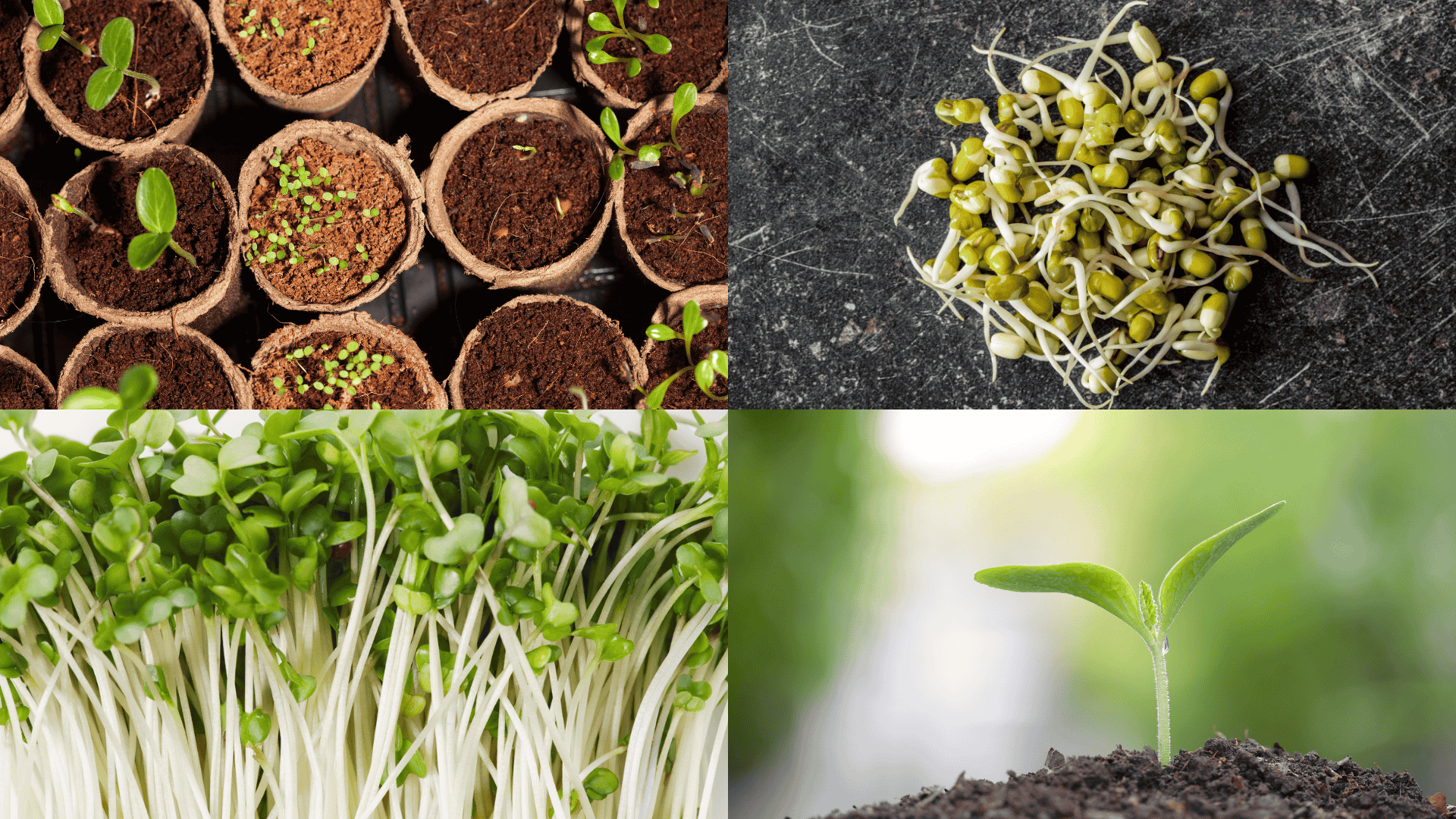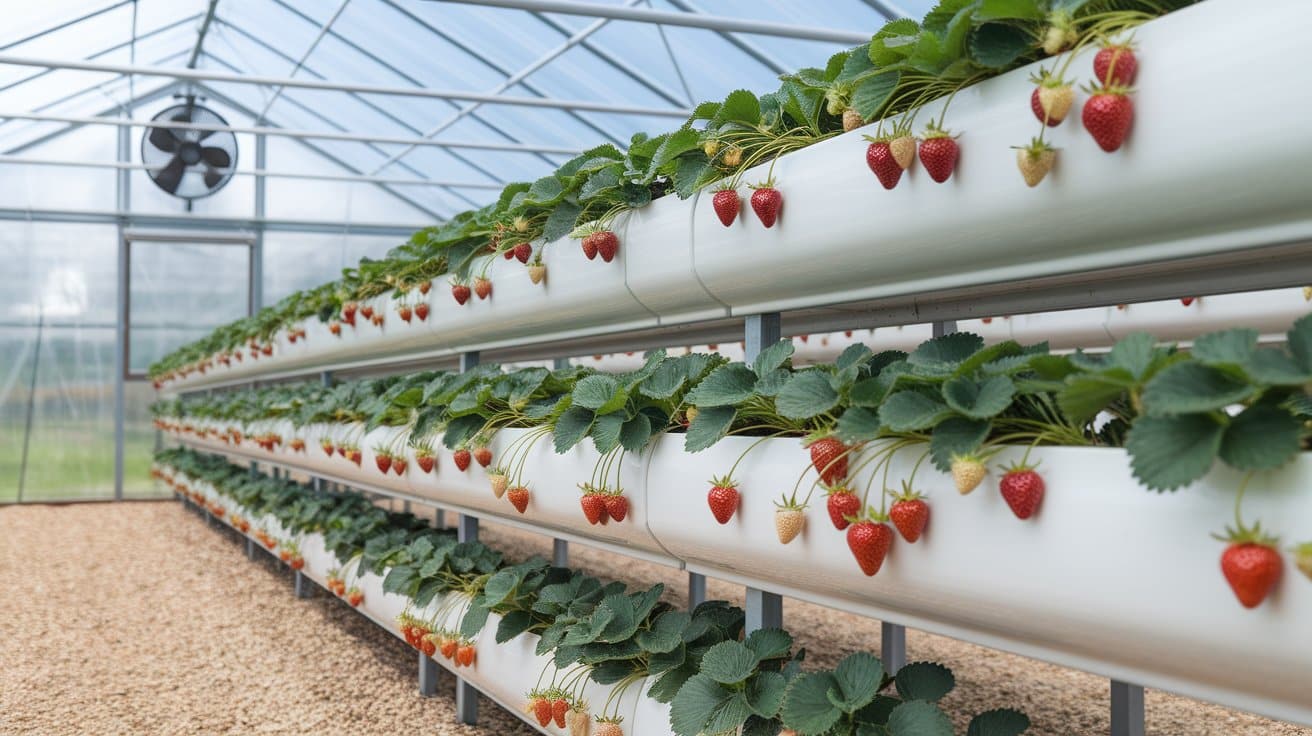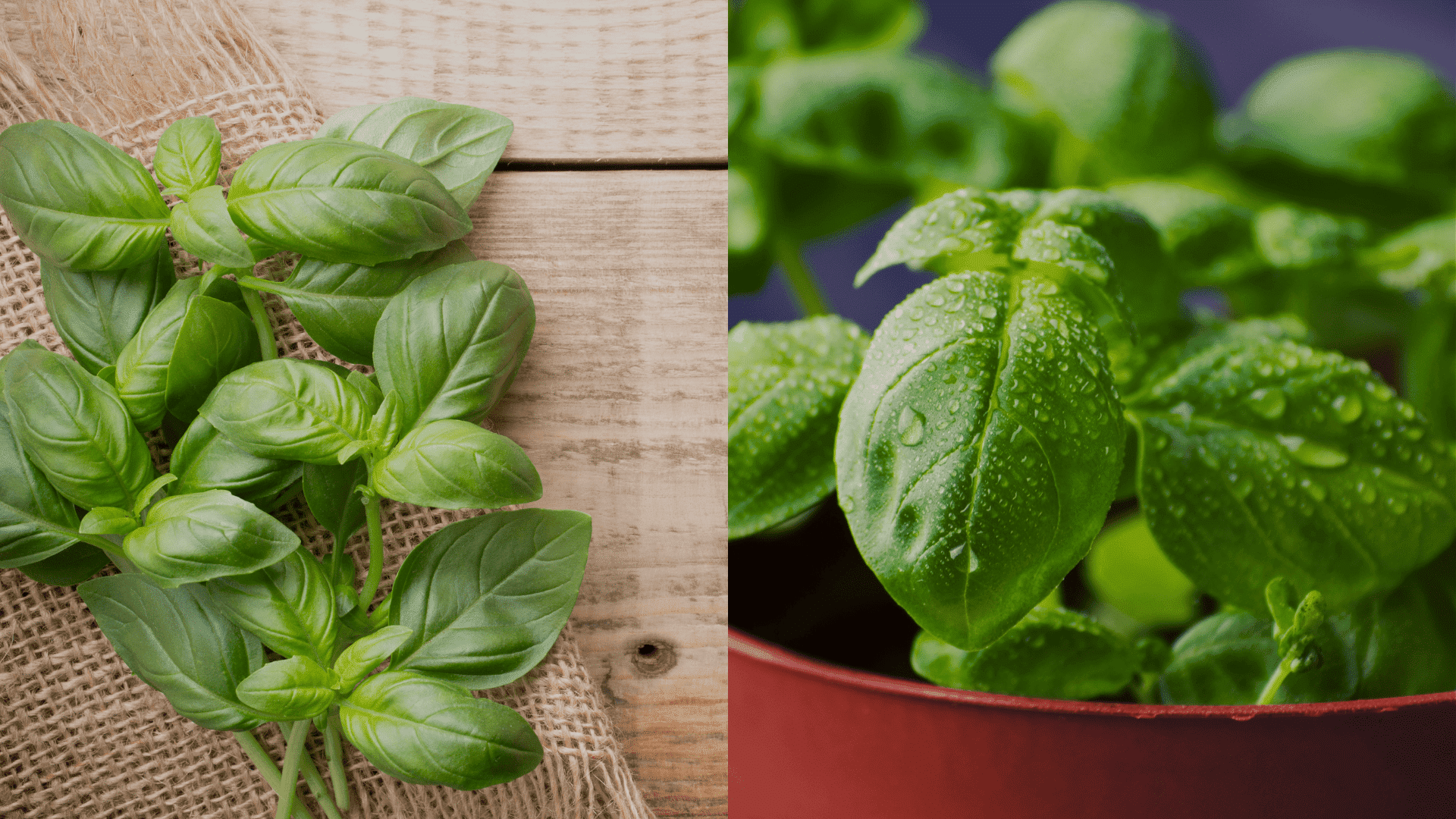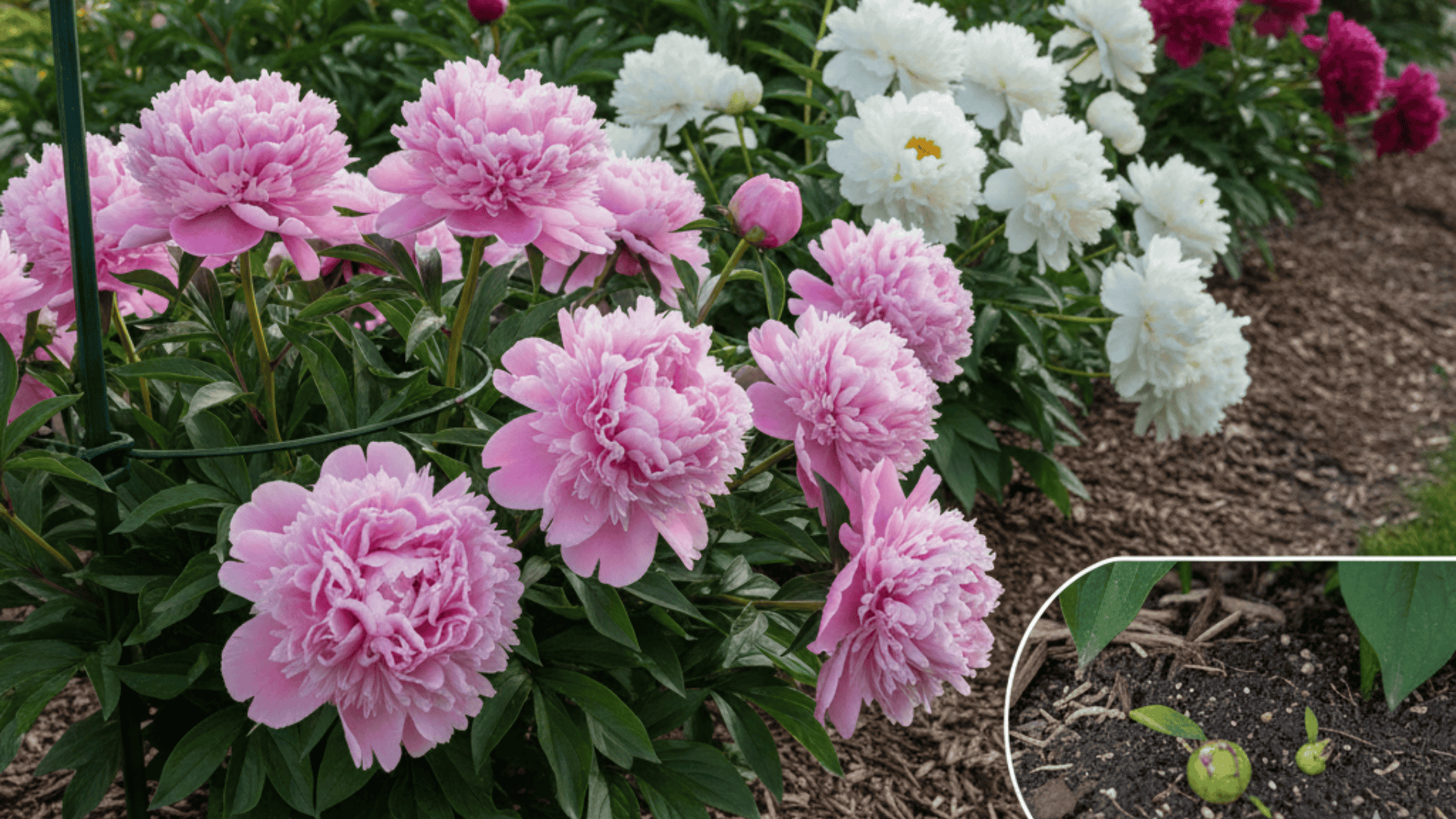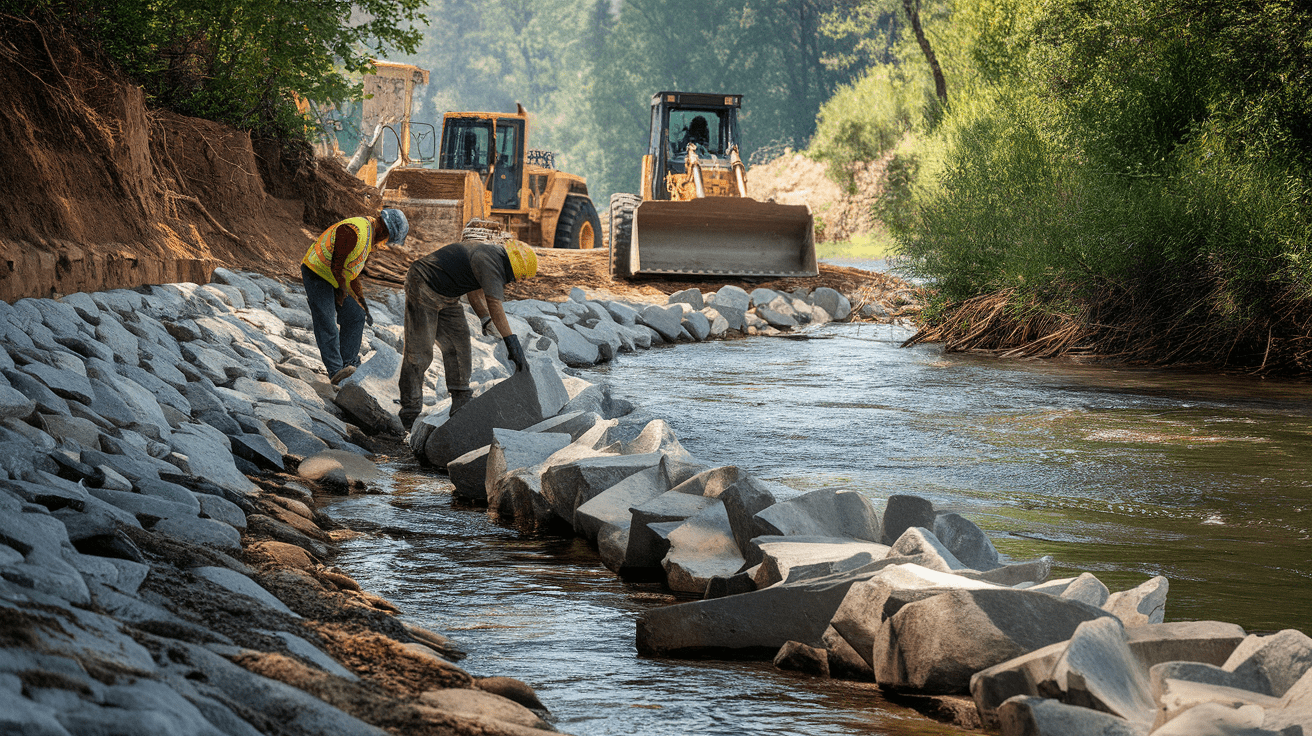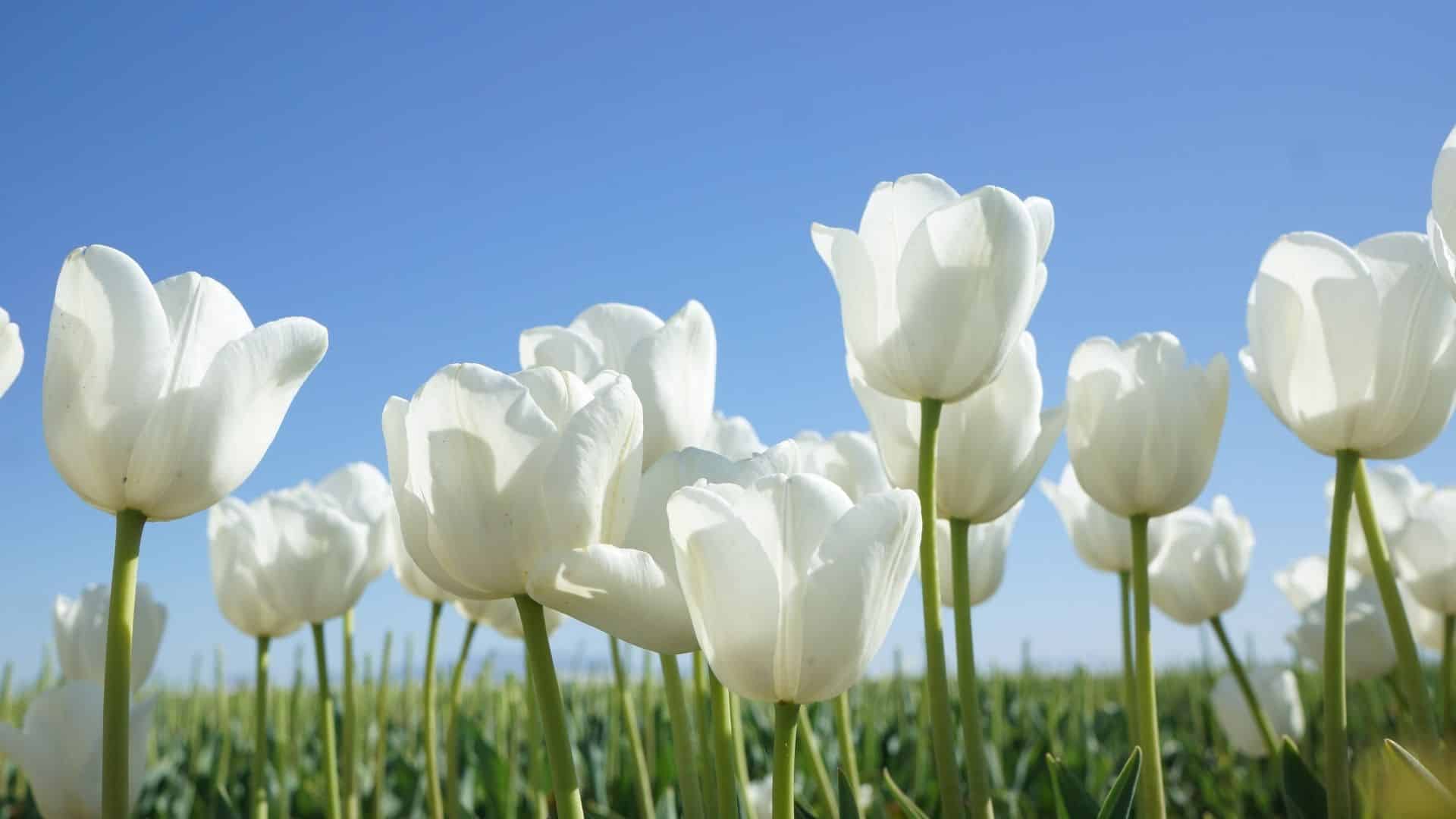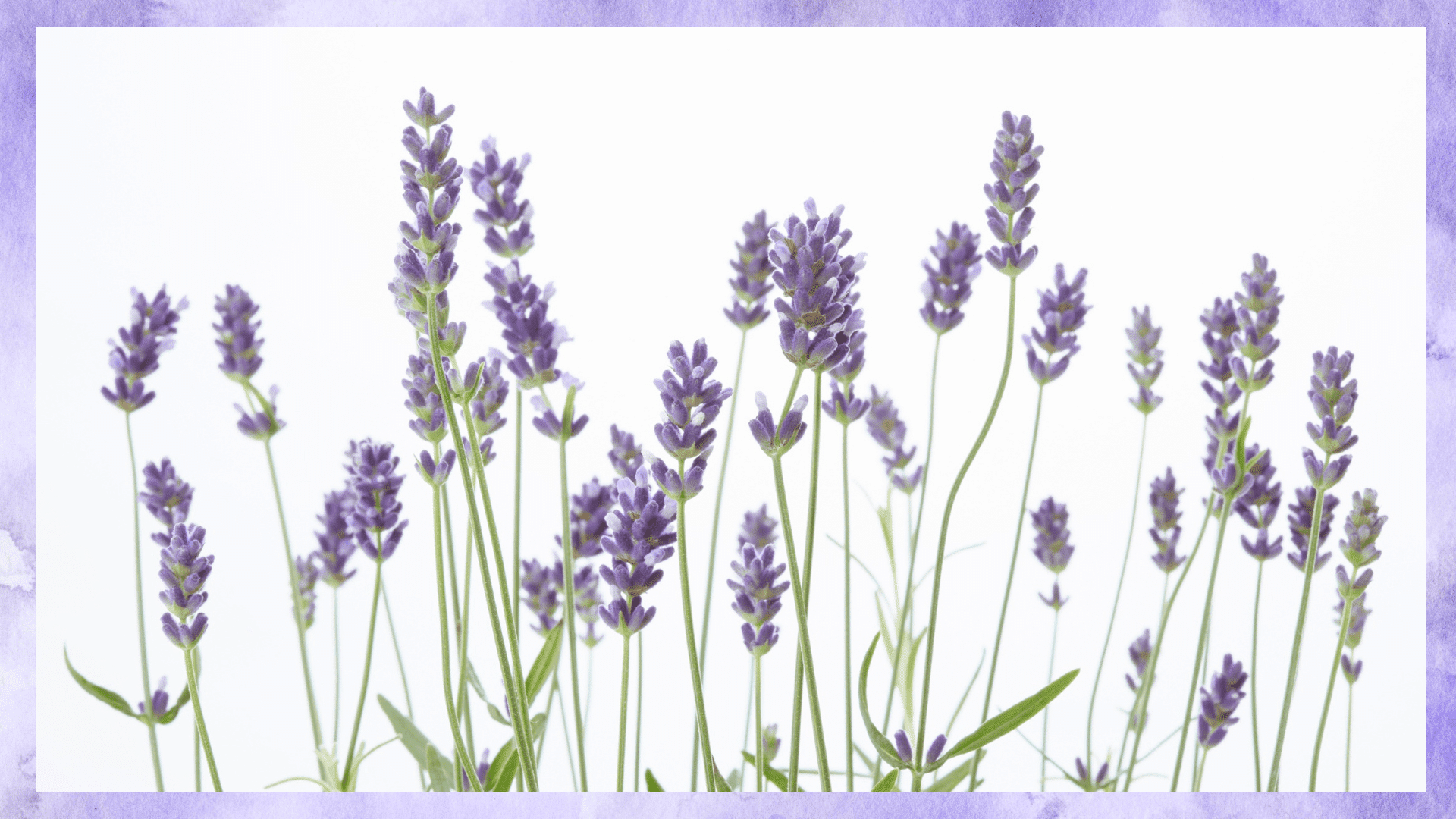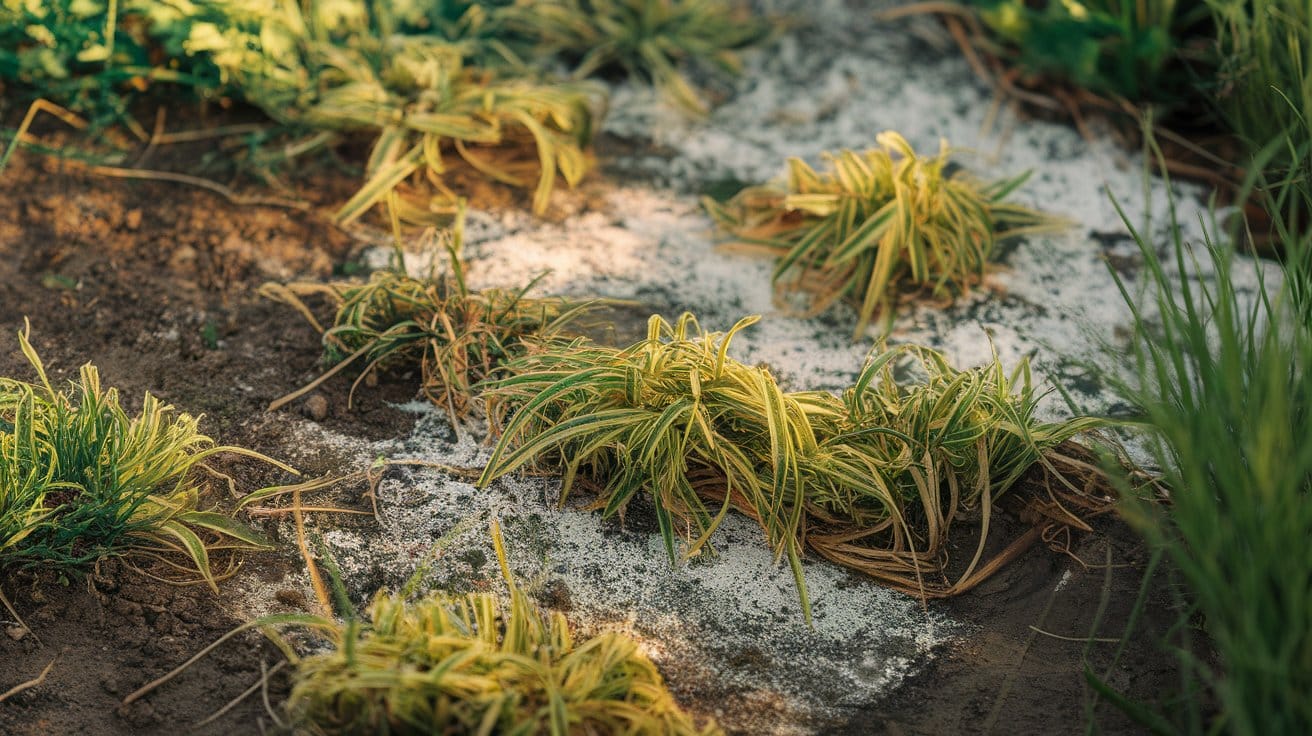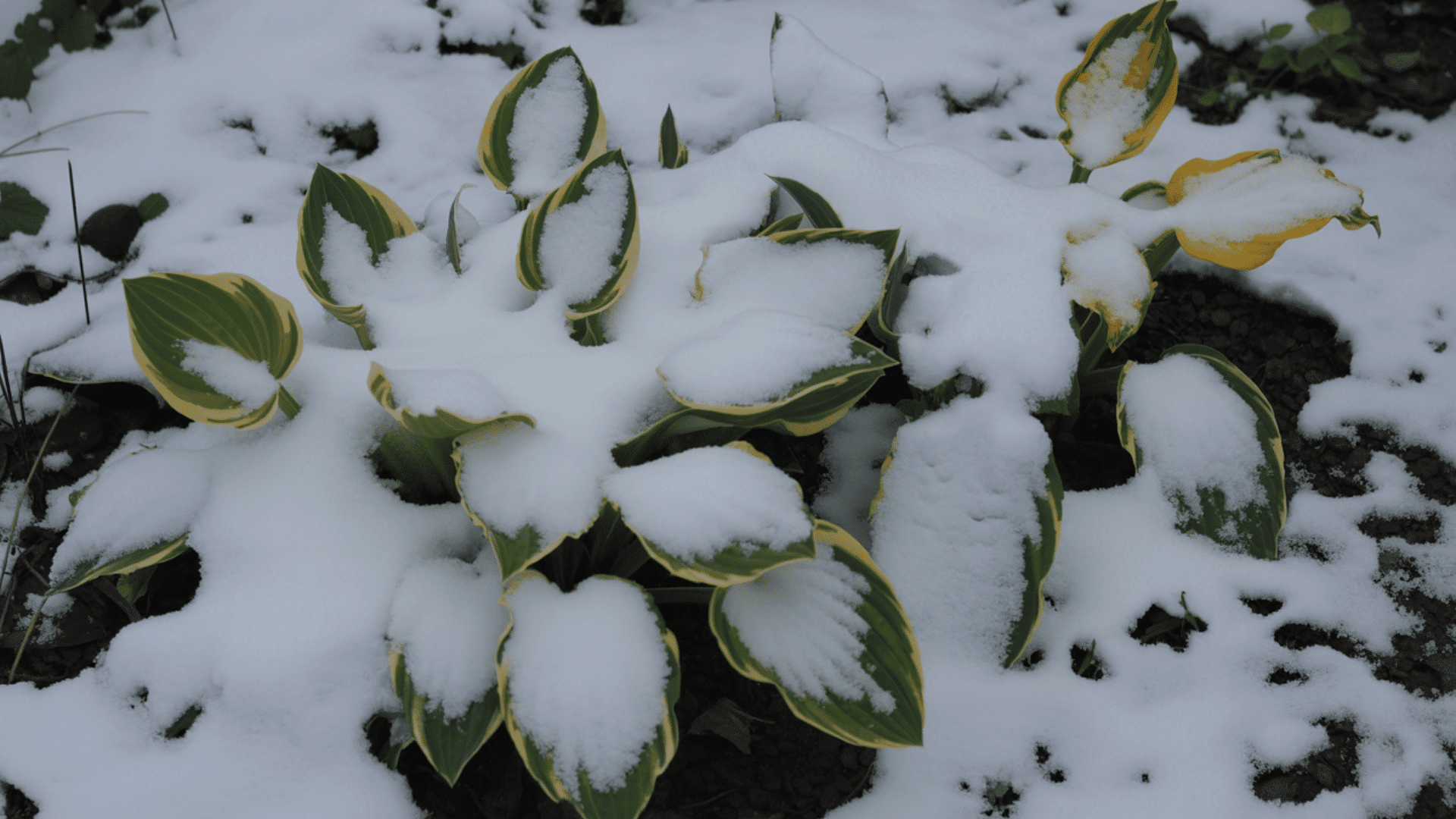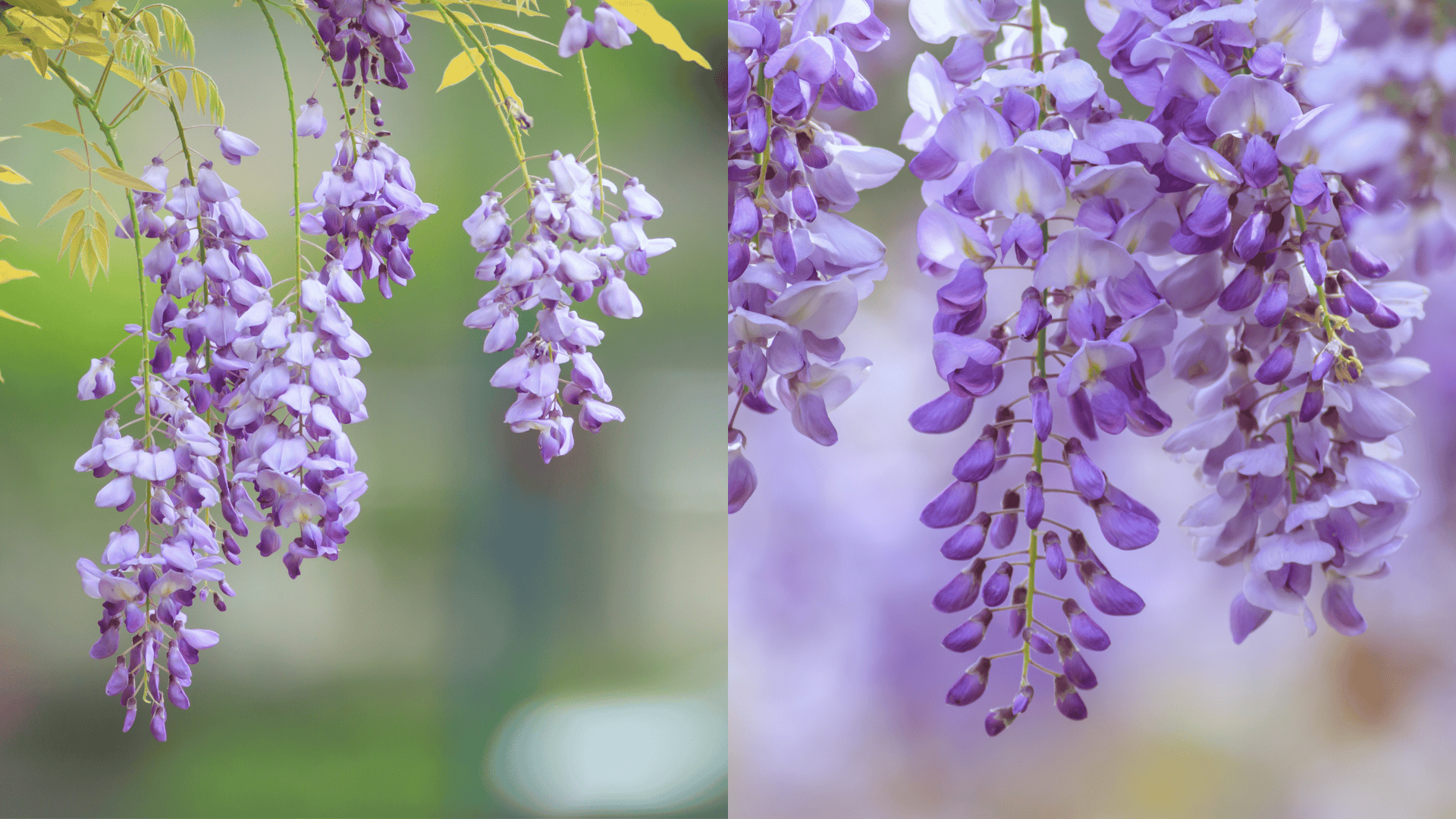Staring at empty soil, wondering how long do seeds take to sprout?
Most herb seeds take anywhere from 5 to 28 days to sprout, depending on the type and growing conditions.
Basil pops up in less than a week, while parsley tests your patience for nearly a month.
Starting a garden from seeds is incredibly rewarding, but timing varies dramatically from one plant to another.
If you find yourself checking the soil multiple times a day, you’re in good company.
This article explains how long different seeds sprout, factors that affect how they germinate, and tips for faster, healthier seed growth.
What Is Seed Germination and How Does Sprouting Work?
Seed germination is the process by which a dormant seed awakens and begins developing into a new plant.
This process starts when the seed absorbs water, triggering internal changes that break dormancy.
The seed coat softens, allowing the embryonic plant inside to push through and establish roots downward while sending shoots upward toward light.
Here’s what happens when seeds begin to germinate:
- Water absorption: The seed swells as it takes in moisture, activating enzymes that jumpstart growth
- Root emergence: The first root (radicle) breaks through the seed coat to anchor the plant and absorb nutrients
- Shoot development: The stem and first leaves push upward toward light, beginning photosynthesis
Key Factors that Affect Seeds Sprouting Time
Several environmental conditions directly influence how quickly your seeds will sprout:
- Temperature: Most herbs prefer soil temperatures between 65-75°F for optimal germination speed.
- Moisture: Seeds need consistent dampness to soften and sprout, but avoid overwatering, which causes rot.
- Light requirements: Some seeds need light to germinate, while others prefer darkness; check your seed packet.
- Soil quality: Well-draining soil rich in organic matter supports healthy roots and prevents waterlogging.
How Long Does it Take for Seeds to Germinate?
Knowing how long it takes seeds to sprout for different herbs helps you plan planting times and manage expectations.
Fast-Sprouting Herbs (5-10 Days)
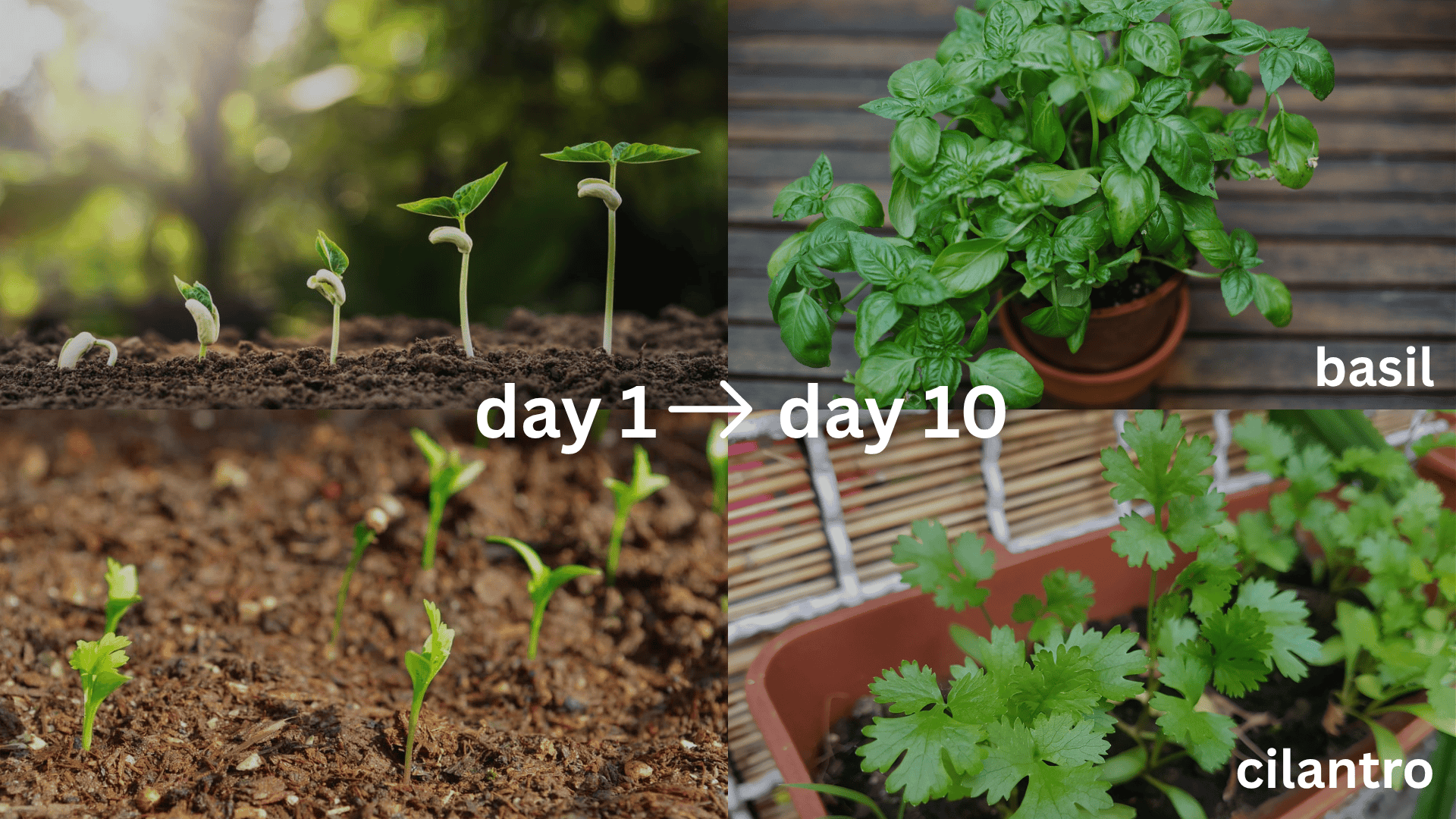
- Basil is one of the quickest herbs to germinate, typically showing green shoots within 5-7 days under ideal conditions.
- Cilantro follows closely behind, generally sprouting within 7-10 days. Its relatively quick germination makes it a popular choice for successive planting throughout the growing season.
Moderate-Speed Herbs (10-14 Days)
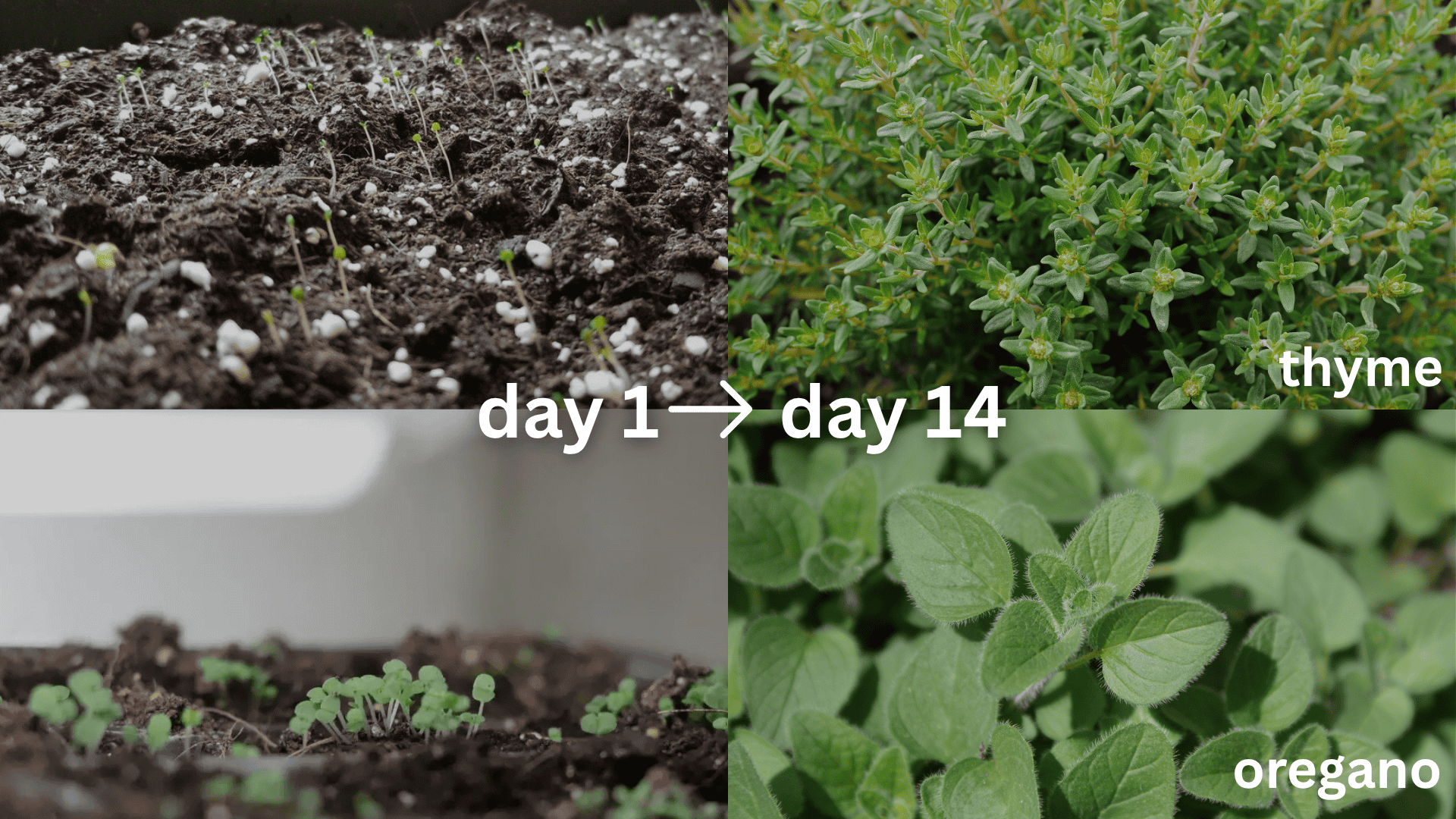
- Thyme takes a bit longer, usually germinating within 10-14 days. While not the fastest, it’s still reasonably quick and worth the wait for its culinary and medicinal properties.
- Oregano follows a similar pattern to thyme, sprouting around the two-week mark. Once established, both of these Mediterranean herbs become hardy, low-maintenance plants.
Slow-Sprouting Herbs (14-28 Days)
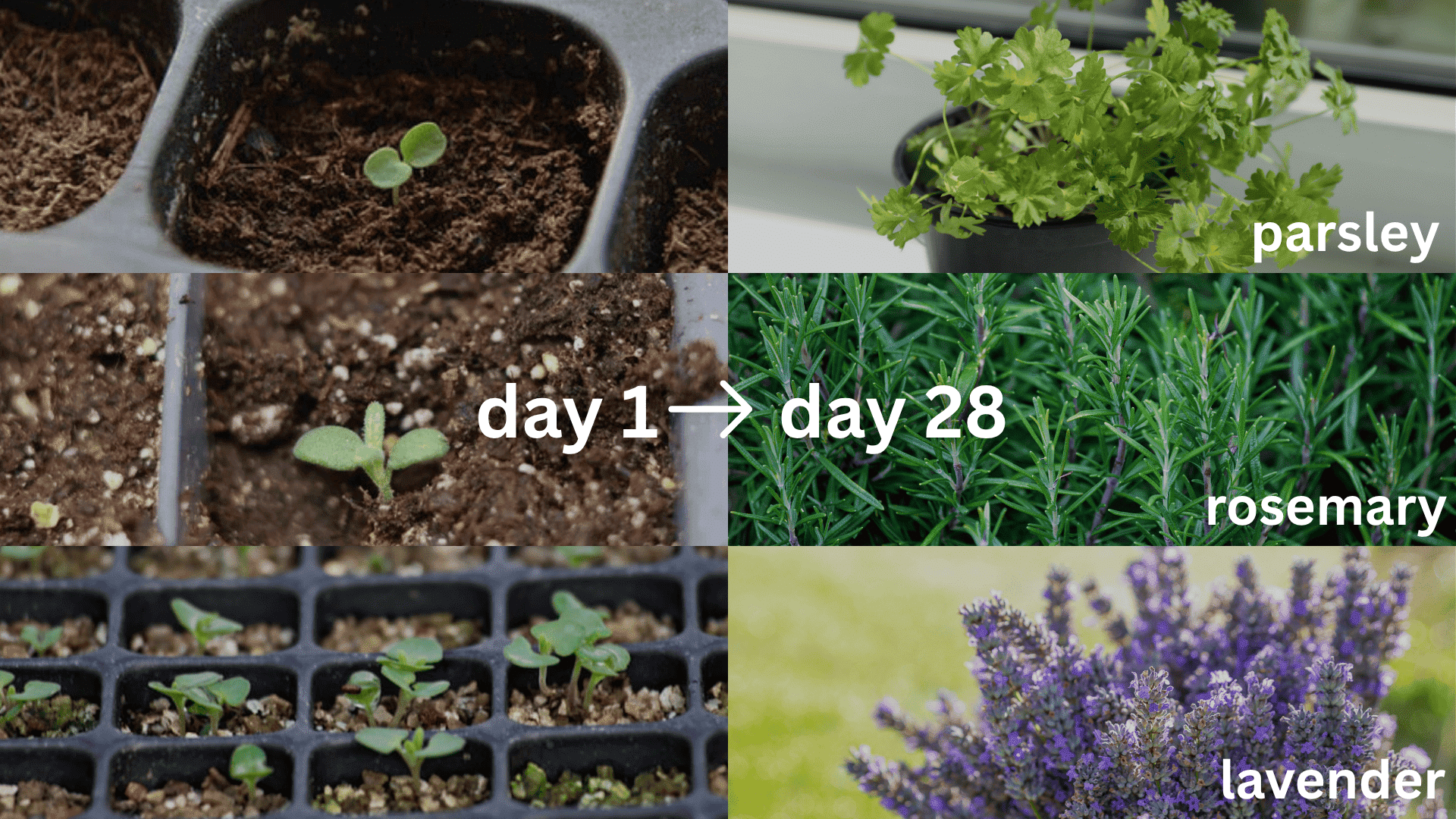
- Parsley is notoriously slow to germinate, often taking anywhere from 14 to 28 days to show signs of life.
- Rosemary also falls into the slow category, requiring two to four weeks for germination. Its thick seed coat naturally takes longer to soften and allow the seedling to emerge.
- Lavender rounds out the slow-germinating herbs with a similar extended timeline. The aromatic rewards make the three to four week waiting period worthwhile for many gardeners.
Herb Germination Timeline: How Different Seeds Sprout
Different herbs sprout at their own pace based on seed type, soil temperature, and moisture conditions.
Knowing these germination times helps gardeners manage expectations and create ideal growing environments for each herb.
| Herb | Germination Time | Speed Category |
|---|---|---|
| Basil | 5-7 days | Fast |
| Cilantro | 7-10 days | Fast |
| Thyme | 10-14 days | Moderate |
| Oregano | 10-14 days | Moderate |
| Parsley | 14-28 days | Slow |
| Rosemary | 14-28 days | Slow |
| Lavender | 14-28 days | Slow |
Companion Planting to Improve Seed Growth
Companion planting is a time-tested gardening technique that involves strategically placing different plants near each other to create mutually beneficial relationships.
This practice can improve growth rates, reduce pest problems, and enhance overall garden health without relying on chemical interventions.
Growing herbs together offers several powerful advantages for your garden:
- Natural pest control: Many herbs produce strong scents that repel harmful insects and protect neighboring plants.
- Attracting pollinators: Herb flowers draw bees and butterflies that help pollinate your entire garden.
- Improving soil health: Certain herbs add nutrients and improve soil structure, benefiting surrounding plants.
Best Practices to Speed Up Seed Sprouting
Following these proven techniques will significantly improve your germination success rates and help seeds sprout faster.
Pre-Planting Preparation:
- Soak hard-coated seeds – Submerge seeds like parsley in room-temperature water for 24 hours before planting to soften the seed coat and speed up sprouting
During the Germination Period:
- Maintain consistent moisture – Check soil daily and water gently when the surface begins to dry; use a spray bottle to avoid disturbing seeds
- Provide proper spacing – Give each seedling adequate room for root development; overcrowded seeds compete for resources and produce weak plants
- Control temperature – Use a heat mat for warmth-loving seeds or place seed trays in naturally warm locations
Why Your Seeds Aren’t Sprouting: Common Problems and Solutions
Even experienced gardeners encounter germination issues.
Here’s how to identify and fix the most common problems.
1. When Seeds Take Longer Than Expected:
Delayed germination often stems from low soil temperatures, insufficient moisture, or old seeds.
Increase warmth with a heat mat, keep soil consistently moist, and always use fresh seeds from reputable suppliers.
2. Poor Germination Rates:
Common causes include poor seed quality, incorrect planting depth, and unsuitable environmental conditions.
Buy high-quality seeds, follow the package directions for depth, and match the growing conditions to each herb’s specific needs.
3. Preventing Seedling Diseases:
Use sterile seed-starting mix, avoid overhead watering, and ensure good air circulation around seedlings with proper spacing or a small fan.
Conclusion
Understanding germination timelines helps you plan better and avoid frustration.
Fast-germinating herbs, such as basil, offer quick results, while slower varieties, like parsley, reward your patience with rich flavors.
Master the basics of temperature, moisture, and soil quality, and you’ll grow healthier, more productive plants.
Companion planting takes your garden to the next level.
Pairing herbs strategically creates natural pest control and stronger growth.
What herbs are you growing this season?
Share your germination experiences in the comments below!
Frequently Asked Questions
Can I Use Seeds from Store-Bought Herbs?
Yes, but results vary. Cilantro, dill, and fennel work well, though many store-bought herbs are hybrids or treated with growth inhibitors. Let the herb flower fully, then dry the seeds completely before storing.
Should I Cover Seeds with Soil or Leave Them Exposed?
It depends on size. Tiny seeds like thyme need light; just press them into the soil surface. Larger seeds like parsley should be covered two to three times their diameter deep.
How Can I Tell if My Seeds Are Still Viable Before Planting?
Place 10 seeds between damp paper towels in a sealed plastic bag and keep them warm. Check after the normal germination period. If 7 or more sprout, your seeds are good. If fewer than 5 germinate, buy fresh seeds instead.

